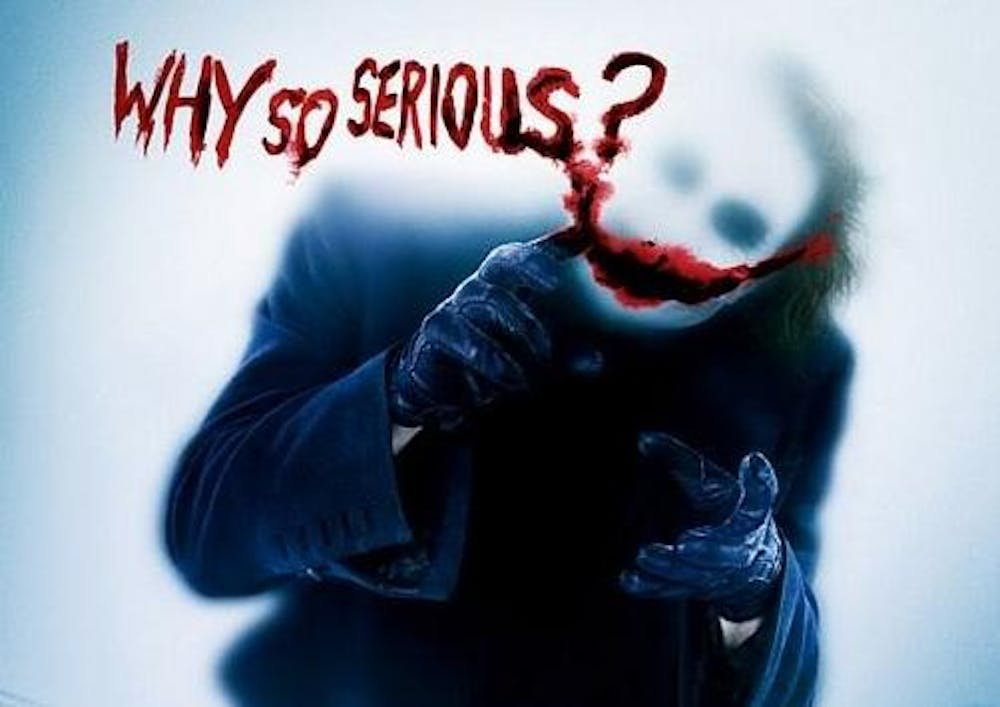When Adam West famously portrayed Bruce Wayne in the 1966 big-screen adaptation of Bob Kane’s Batman comics, the idea of transforming comics into movies was entirely new.
There had been televised serials of both Batman and Superman in the ’40s, but the 1966 film marked the first time people could go to the movie theater and watch actors recreating the exploits of their favorite comic-book characters. To a lot of moviegoers, it didn’t make sense. Brightly colored costumes and flowing capes looked good on the printed page, but on the screen they seemed like a recipe for disaster. Besides, comic books were kid’s stuff. No serious filmmaker should be looking to them for inspiration.
Fast forward to July 18, 2008. Lines were forming and snaking around city blocks as people eagerly awaited entry to the theater. The movie they were about to see shattered weekend box office records and eventually made more than $1 billion in worldwide box office revenues. Critics almost unanimously praised it as one of the best films of the year. The movie was “The Dark Knight,” British director Christopher Nolan’s latest take on the Batman movie franchise.
Clearly, something has changed.
Now four of the top-20 all-time U.S. box office leaders, as well as 11 of the top 100, are comic-book movies. Studios turn out new comic-book movies on an almost-monthly basis. In 2010 alone, six comic-book movies will see wide release in American theaters, and the relatively new production company Marvel Studios has 11 movies slated for release in the next two years.
How did we get to this point?
For one, the movies are getting better, and even when they’re not getting better, they’re definitely getting slicker and more marketable. This shift comes not only from the film studios, but also from the current trends in the comic-book industry. In the infancy of comic books, the medium was mostly targeted toward children and the comic artist’s palette was garish and brightly colored. These factors made it difficult to produce serious comic-book movies for a wide audience, and when they were made they were incredibly corny — just like the comic books they sought to emulate.
Today, comic books are of a different breed. Since the British Invasion of comics in the 1980s that saw writers like Alan Moore and Neil Gaiman bending the rules of the genre and making the medium appeal to an older audience, comics have become darker, more realistic, and more conducive to being made into films.
Hollywood took notice but not immediately. The current explosion in comic-book movies can be traced back to the hugely and shockingly successful “X-Men” in 2000. There had been a number of Batman and Superman movies in the preceding decades, but none accurately reflected their source material in a way that satisfied true believers and newcomers alike quite like “X-Men.”
As the enormous earnings from movies with the Marvel and DC license started piling up, studios got a little more adventurous. If audiences would pay to go see movies about comic books that everyone is familiar with, perhaps they would be willing to take a chance with something more underground.
Such was the logic behind film adaptations of “300,” “V for Vendetta,” “Kick-Ass,” and a dozen other lesser-known comics. The box office results varied, but in general studios were rewarded for taking a chance.
The future is bright for comic book movies. As the risk of overdoing certain characters grows, fans of smaller-budget series are increasingly likely to see their favorite comics transformed into films. Thankfully, comic books are a rich and nearly bottomless source of material, so Hollywood still has plenty to show us.
No longer just kids' stuff
The changing style of comic-book movies reflects trends in the industry

Get stories like this in your inbox
Subscribe





